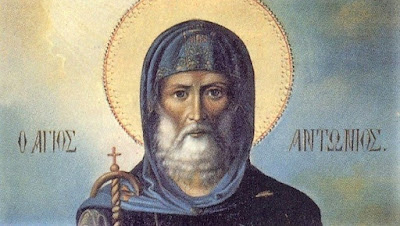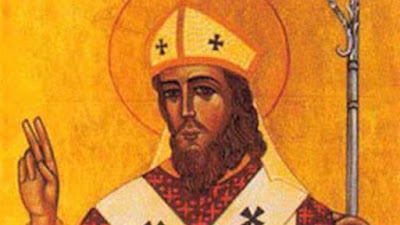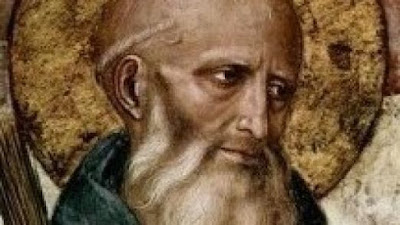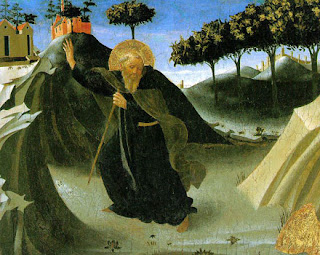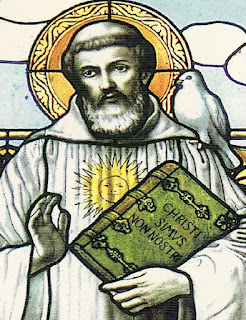St. Scholastica, Patron Saint of Nuns
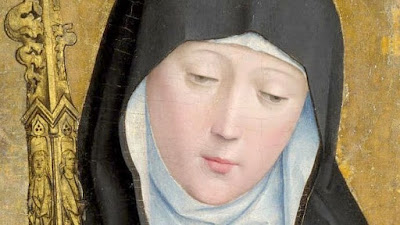
Memorial - February 10th It is certainly not unusual for siblings to develop similar interests or to spend time, either together or apart, pursuing the same activities. This is particularly true when the siblings are twins. Such was the case with St. Scholastica and her twin brother, St. Benedict. Between them, they helped found the tradition of Western monasticism, he for men and she for women, that persists to this day. Scholastica and Benedict were born into a wealthy Italian family in the town of Nursia in 480, and while twins are often close, the fact that their mother died in childbirth may have strengthened the bond between them even further. Little is known of the details of Scholastica’s early life, but she and her brother were raised in their father’s house until Benedict left for Rome to pursue his studies. Scholastica’s social class, young women often lived in their father’s home until they either married or entered religious life. We do know, thanks to the writi
